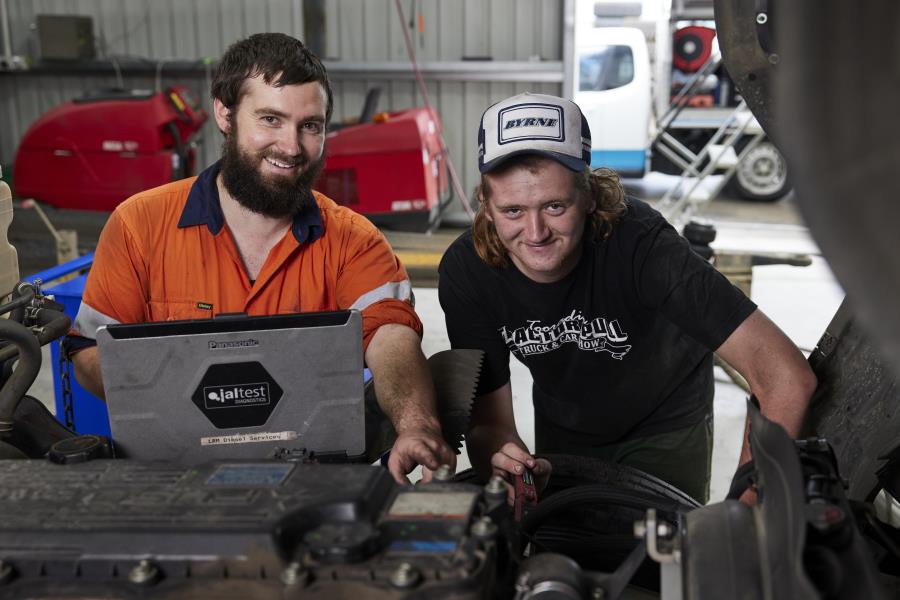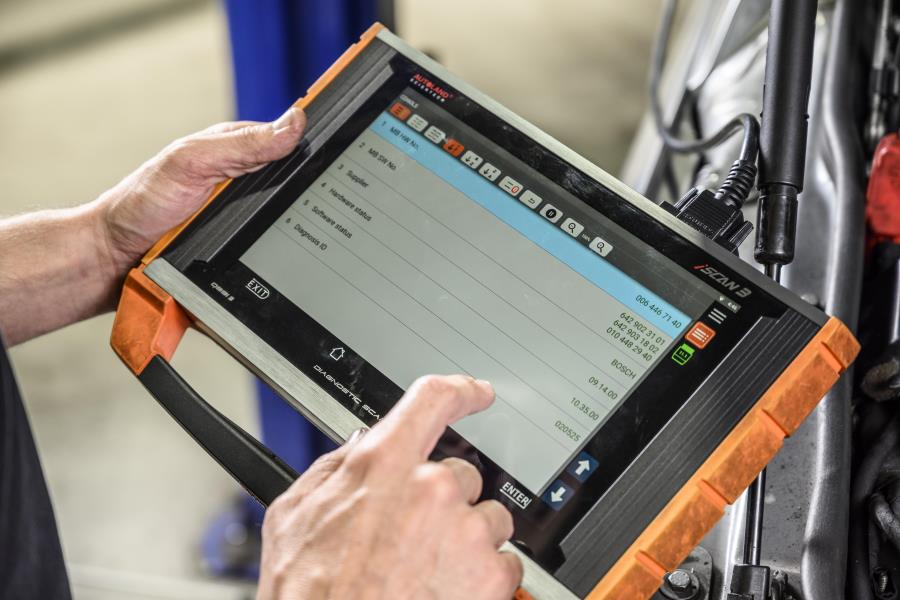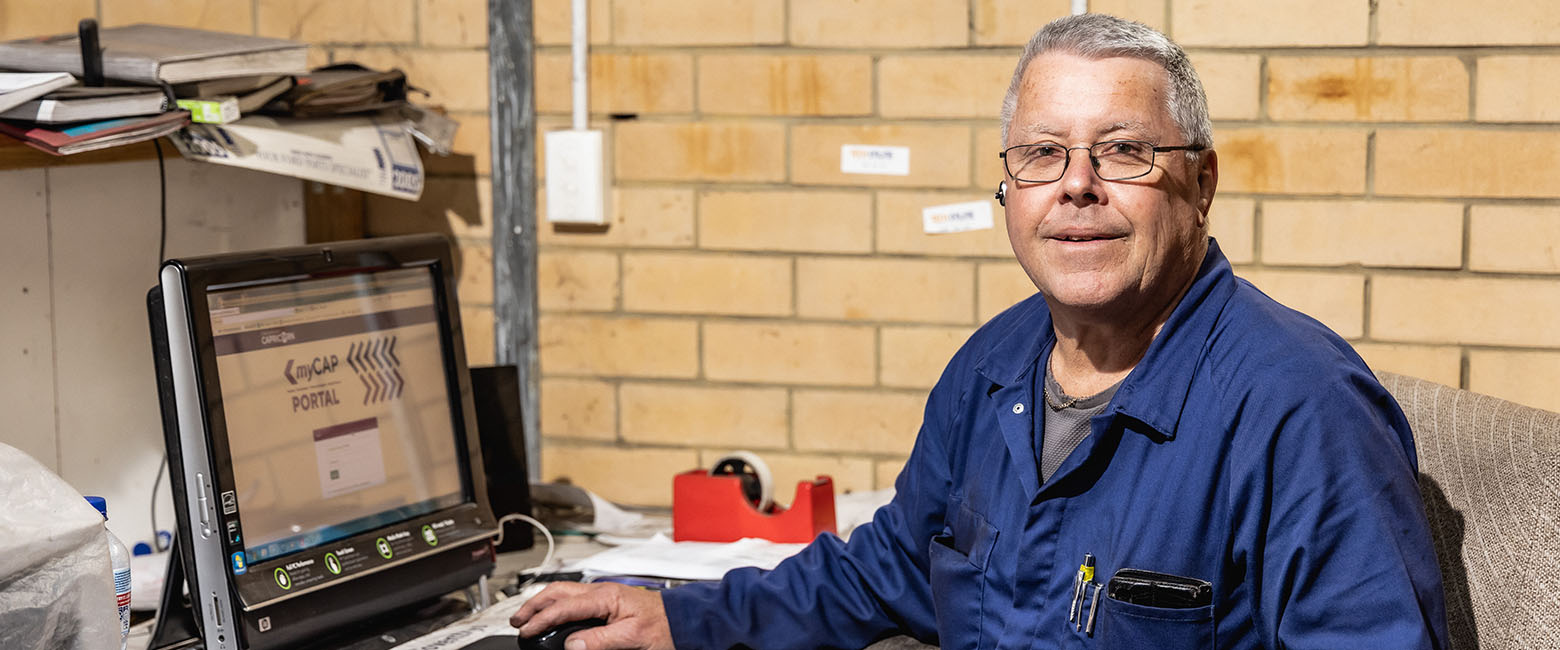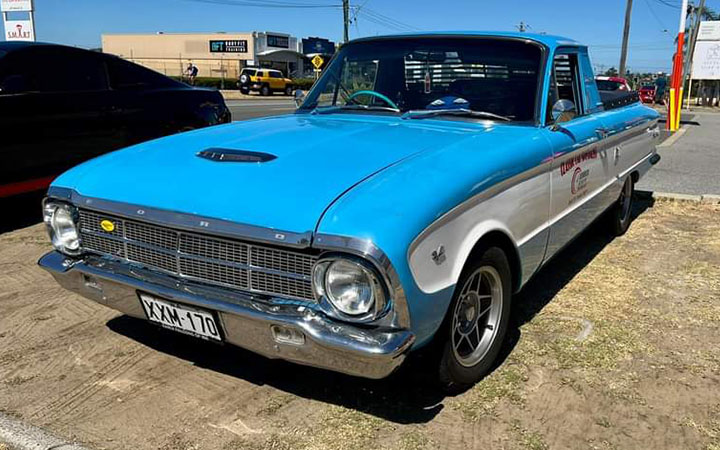A lack of qualified staff is now the top challenge facing the automotive industry across Australia and New Zealand, according to Capricorn Members.
More than 2000 Members took part in the 2021 State of the Nation survey, and 51% listed a shortage of skilled people as a top five concern for the industry. That’s up seven percentage points on the 2020 result, leapfrogging changing technology as the industry’s biggest challenge (on 44% this year compared to 49% last year).
The problem is particularly acute for larger workshops, with 65% of Members who have more than five staff flagging it as a major problem, and for Members operating panel and paint businesses (60%). The situation is also worse in New Zealand (58%) than in Australia (49%).
READ MORE:7 strategies for retaining staff long-term
Tackling the auto industry’s skills shortage
The skills shortage has been identified as an issue the industry needs to tackle. Part of the solution may involve finding ways to make the industry more attractive to young people in order to foster a pipeline of talent. This may include:
- Improving wages (and profitability, so we can improve wages)
- Making automotive workplaces more attractive (improving culture)
- Taking on more apprentices
- Selling the benefits of a career in auto
- Finding ways to compete for talent against better paid industries, like mining.
Keeping up with changing technology
The pace of change in our industry these days is enough to make the head spin. Little wonder then that 44% of Members listed changing technology as a top five challenge for the industry, and mobile mechanics felt it was the biggest challenge overall.
Keeping up with technology can be expensive and time-consuming, but continuing to invest in tools and training is vital to the longevity of our businesses.
READ MORE: 6 ways technology is costing you profits

Attracting young people to the industry
The ability to attract young people to the industry also leapt a couple of places up the list this year, into third place overall (on 37%) compared to fifth (at 35%) last year.
Members with larger teams were more likely to see this as a problem than those with smaller workshops. Attracting young people was also a particular issue for Members in panel and paint (59%).
READ MORE:Want to attract and retain younger staff? Culture really matters
Capricorn Board Member Russell Becker told State of the Nation providing more apprenticeship opportunities for enthusiastic young people is vital.
“Every Member running a business needs to accept they have a level of responsibility to help find and train the talent of the future, and to find a way to do so that is sustainable and profitable for their business,” he said.
Parts shortages
A new category this year was parts shortages, with a global semiconductor shortage affecting everything from vehicle manufacturing to the availability of spare parts.
Thirty-six per cent of Members believed this was a major challenge for the industry. This view was consistent across Members on both sides of the Tasman and of all business sizes. Panel and paint workshops are also particularly affected.
Access to technical information
Being able to access technical information when needed is still a top five challenge for the industry, according to 35% of Members.
More than a quarter of Members had updated their diagnostics in the previous six months. State of the Nation found almost a quarter of Members hadn’t updated their diagnostics tools in more than three years, so perhaps it’s no surprise that when we send a vehicle to a dealer, it’s likely because we don’t have the necessary software updates or diagnostics tools.
REMEMBER! Capricorn Members get FREE access to a lot of technological information through Capricorn Service Data. It gives instant access to a comprehensive range of online service information covering thousands of vehicles, including manufacturers’ service schedules, service illustrations, repair times and an estimate calculator. Powered by Autodata, its global database of 34,000 vehicles includes 96% of cars on the road in Australia and 87% in New Zealand.

Lower margins
More than a third of Members named lower margins as a serious threat facing the industry. This was seen as a bigger problem by Members in New Zealand, those who were part of a chain or franchise, and those running panel and paint or tyre and suspension workshops.
READ MORE:7 tips for running a financially efficient workshop
Areas where Members may be feeling financial pressure include:
- Price-sensitive customers
- Customers supplying their own parts
- The impact of capped-price servicing and longer warranties
- Keeping up with technology and training
That’s hardly an exhaustive list but it’s worth noting that the impact of capped-price servicing and longer warranties, offered by dealerships, ranks as its own top challenge, with 28% of (non-dealership) Members listing it in their top five.
READ MORE: How to win the battle on capped-price servicing and extended warranties
The shift toward electric vehicles
Considering how fundamentally the shift towards electric vehicles could change our industry, there’s been barely murmur about EVs. That’s probably because only 13% of Members are servicing at least one of these vehicles in any given month.
But make no mistake, EVs are a challenge on the horizon and a quarter of Members have recognised that fact by naming the switch to electric a top five challenge for the industry. New Zealand Members are more concerned than Australian Members (30% compared to 23%).
READ MORE: How ready are you for electric vehicles?
Capricorn CEO of Automotive Bradley Gannon said as EVs reach price parity and become more popular, “forward-looking workshops should have a plan in place to have the right skills, equipment and tools to service those vehicles”.
“The reality is while EV numbers are low at the moment, they will increase,” he said. “Being in a position to service, repair and maintain hybrid and electric vehicles is logical.”
Download your free copy of State of the Nation 2021.


